 This month, one of my images was licensed for use as a duratrans display inside the lobby of the new Alaska Native Tribal Health Consortium building in Anchorage. What’s notable about this stock photo sale is that I shot the original image on a fast afternoon hike with my Fujifilm X10.
This month, one of my images was licensed for use as a duratrans display inside the lobby of the new Alaska Native Tribal Health Consortium building in Anchorage. What’s notable about this stock photo sale is that I shot the original image on a fast afternoon hike with my Fujifilm X10.
This is not the first time I’ve sold an X10 image to a client, but it’s by far the biggest reproduction that I’ve seen from the this camera. I’m impressed at how well the image held up at a size of 4 by 6 feet. In my reviews of the X10, I often hold that it’s good enough for pro work, and this print is a testament to how good the 12 MP 2/3″ CMOS EXR sensor on the X10 really is.
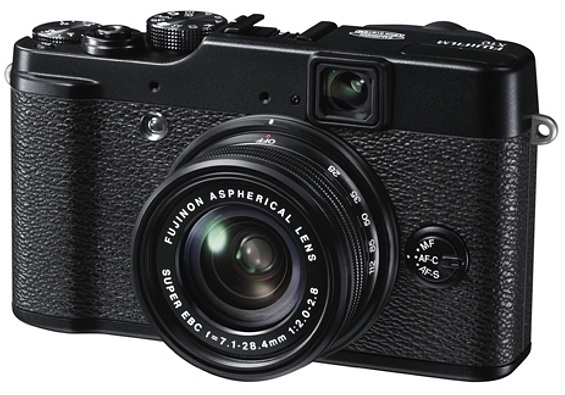
To be clear, I didn’t just send an untouched file straight to the lab. I opened up the 3MB JPEG, which gets rendered as a 34MP file in Photoshop, and upsized the original file by 200%. Then I performed some advanced sharpening techniques on the file that I leaned from Martin Evening’s Photoshop book. This involves using alpha channels and doing selective sharpening on the edges, while leaving the softer areas of the image untouched.
Finally, I saved it as a 138MB TIFF file, which I uploaded to the project designer via Dropbox. I’d wondered if the X10 file would actually reproduce ok at that size, but when I saw the final display for the first time yesterday, I was pleasantly surprised to find out that it did just fine.
Below is a copy of the original image, as well as a crop of the final enlarged TIFF file, and an enlarged shot of the actual duratrans. When you look at the image from really close, you can see that there is definitely some pixelization, but overall, the image definitely holds up at that size. Also, the reality is that nobody looks at a big display print from only six inches away. When you back up to even just a couple of feet, the photo looks extremely smooth and sharp.
With this proof now in hand, I stand by my assertion that images shot with the X10 and comparable compact cameras are indeed good enough for professional reproduction as needed. Does this mean I’ll give my up my DSLR? Of course not, but I now have even more confidence that when I do want to travel light and leave the big camera behind, I can still shoot images that I’m comfortable sending to clients.
(Click the image below to see the full size image.)

Download My Free Photography eBook
Let me show you some techniques that will help make you a better, more proficient and more creative photographer!

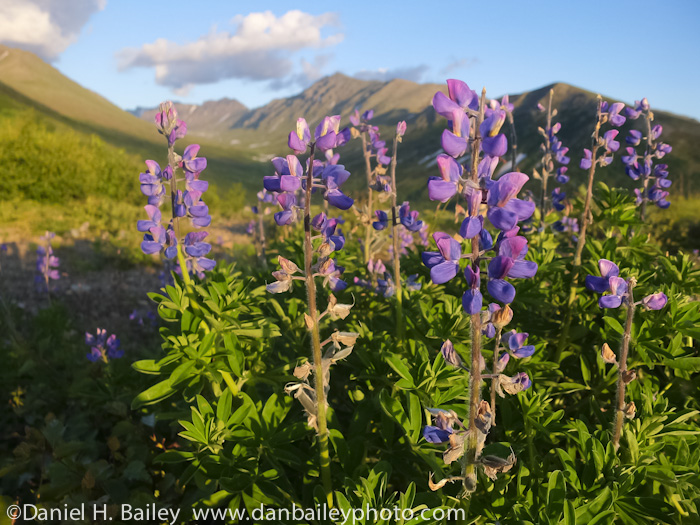
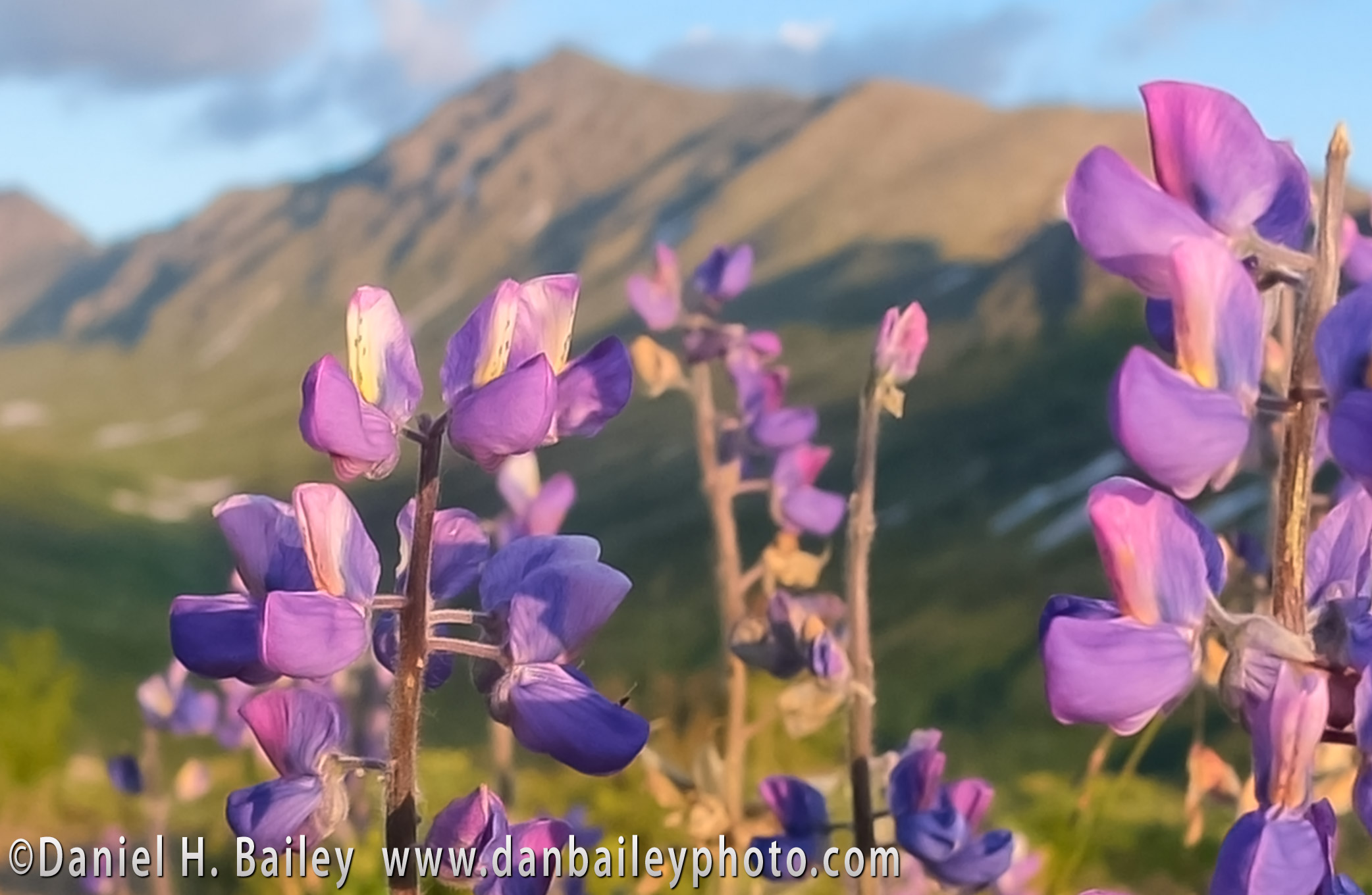

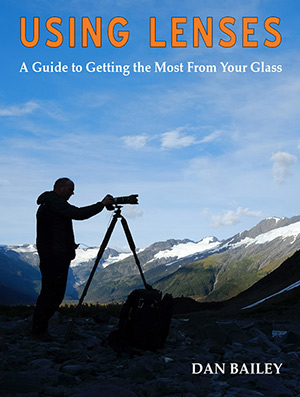

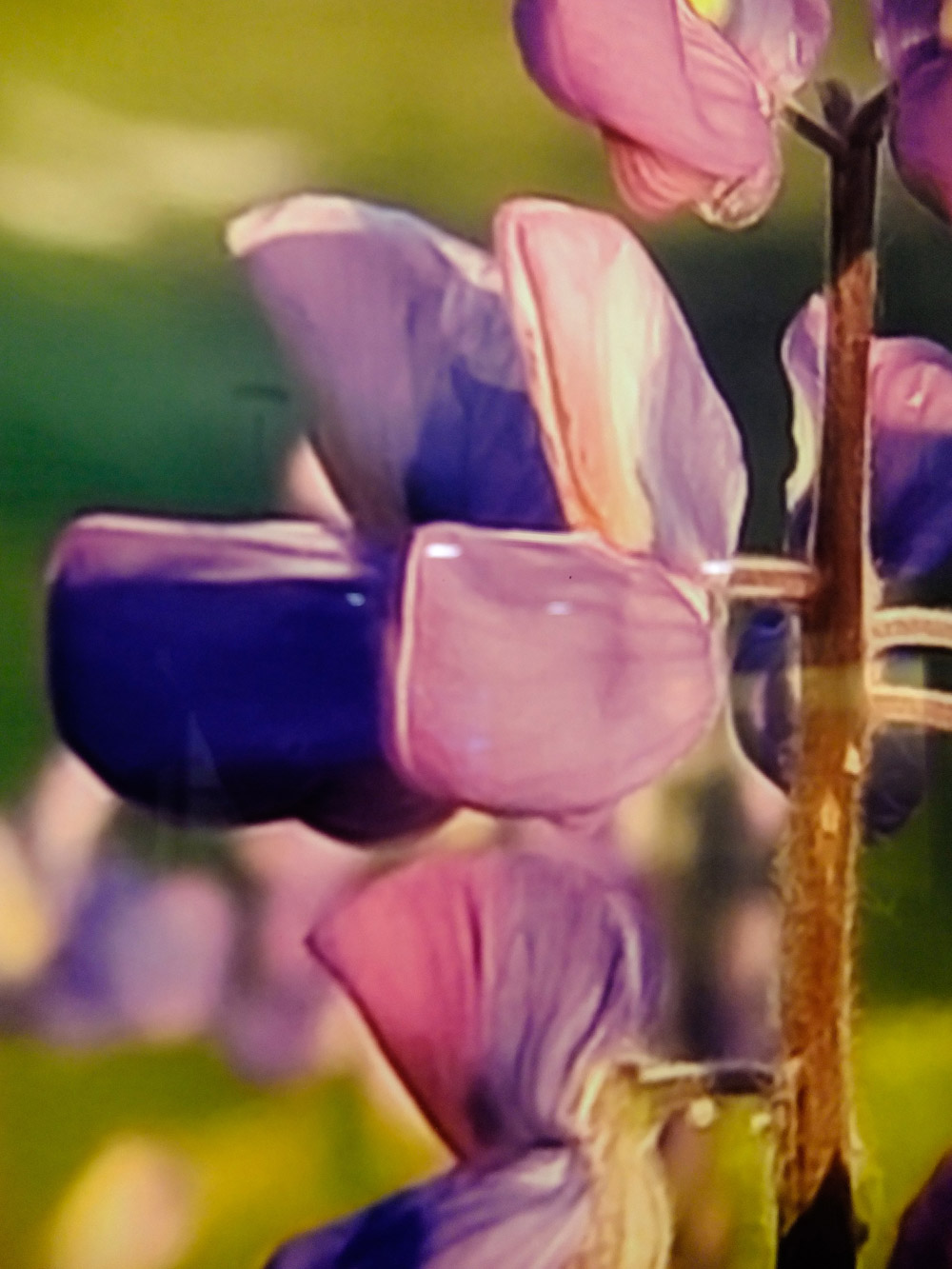

Looks great Dan. Congrats on the sale. The X10 is my favorite camera to carry around too for casual use though obviously not a substitute for my SLR.
Congrats Dan! You are certainly getting some great use out of that X10, very impressive to see it hold up to an enlargement that big. Looks like you can’t beat the Fuji for travelling light.
Congrats Dan.
I own a Fuji X-10 and X100 and I would not part from them.
The X-10 is so versatile in different modes.
Great! I like your post. Very nice photos. Thank you for sharing this.
[…] already sent X10 photos to clients and I anticipate sending more in the future, and recently had an X10 image used as a 4 x 6 foot corporate display print. Turned out just […]
[…] not, unless they needed to make a huge reproduction of the image for professional use. Oh wait, Fuji X10 files are indeed suitable for enlargements that big, as long as you’ve got a sharp image to begin with. In fact, with today’s sensor and […]
[…] the X100, I’ve gotten publishable quality imagery out of the X10, some of which I’ve licensed to my pro clients. My X10 paid for itself many times over, and that’s why I went ahead and bought the X20. For […]
[…] travel, landscapes and just about everything else with great results. I’ve even had large format reproductions published from it by pro […]
[…] fine sending this image to a client. Last year, in fact, I sold an image to a corporate client that ended up being reproduced as a 4′x6′ duratrans print. The original file was converted from the straight X10 JPEG capture and it held up quite […]
[…] already sold a few X10 images to clients, including one as a large format stock photo reproduction, and the X20 is even better. In the end, creative clients care more about the overall feel of an […]
[…] course, with the small sensor, I still used my DSLR gear for serious work, but I did mange to license an X10 photo to a client for use as a corporate wall mural, and it looked great. This showed me that even small sensor cameras of today are capable of […]
[…] course, the X10, and the subsequent X20 and X30 had pretty small 2/3″ sensors, so even though I sold a few large reproduction photos to clients I shot with that camera, on the overall scale, it couldn’t really compete on a pro level with the higher end […]